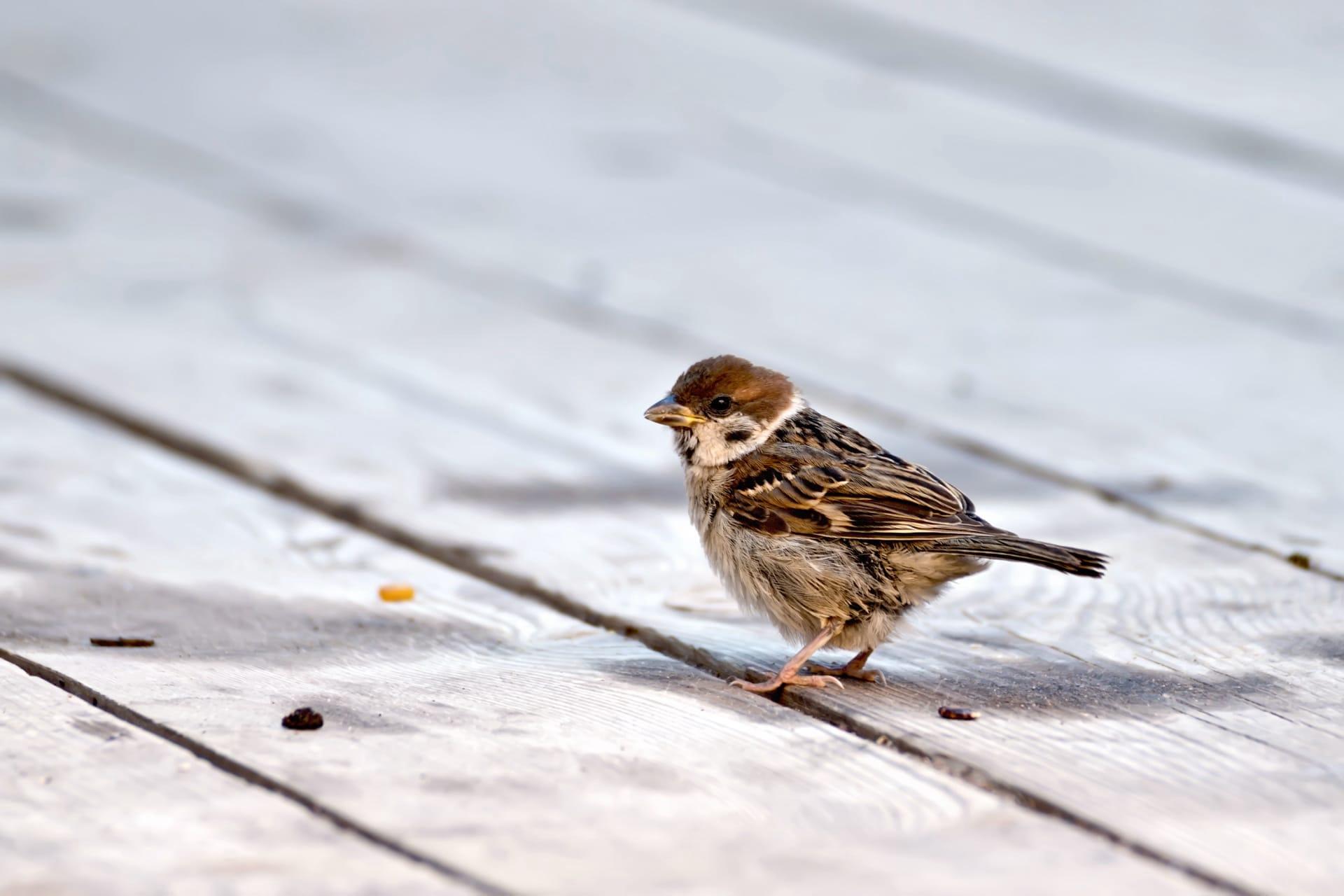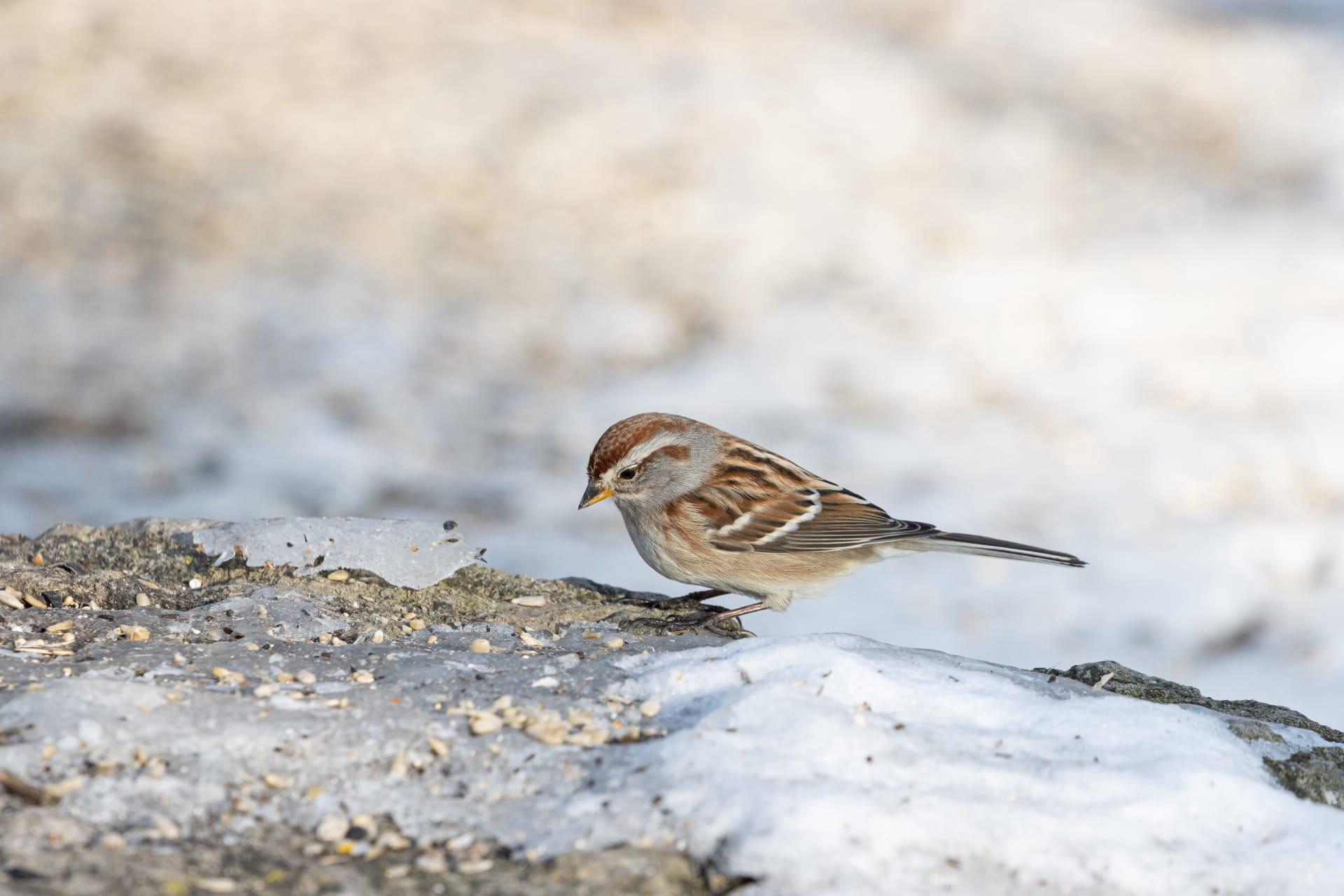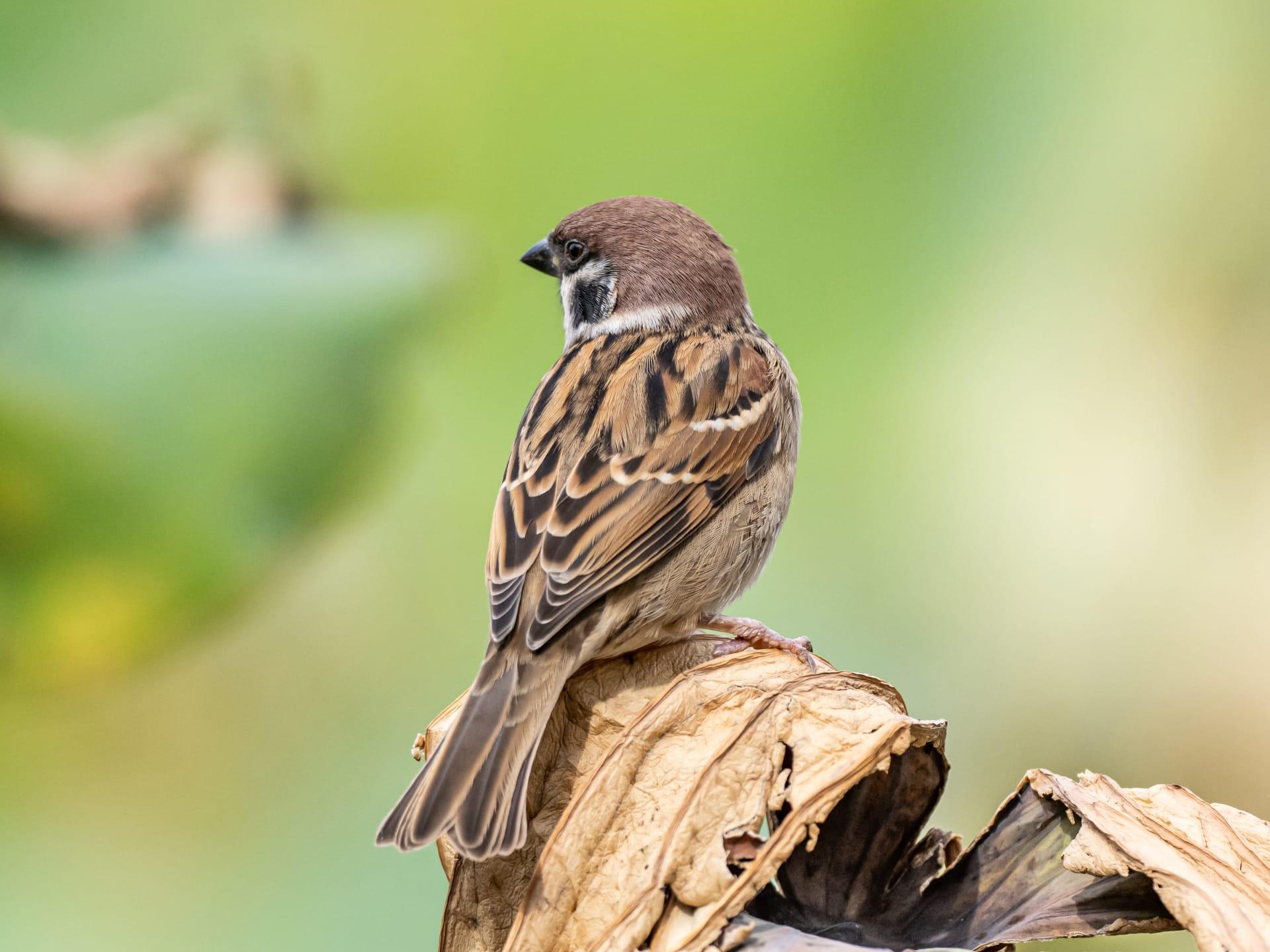1
Did you know that sparrows are incredible architects? Their nests are not just random twigs thrown together. Instead, they are carefully constructed with a combination of twigs, grass, and even bits of paper. The inner layer is often lined with feathers and soft materials for insulation. Interestingly, the size and complexity of a sparrow's nest can vary greatly. Some nests are simple platforms, while others are elaborate structures with multiple chambers, measuring up to 20 cm in diameter and 30 cm in depth. This architectural prowess showcases their adaptability and resourcefulness in different environments.
Sparrows are also known for their social skills, especially their communication abilities. They have a diverse range of vocalizations used for different purposes. A sparrow's chirp is not just a simple sound but a complex communication tool. They use different songs to attract mates, signal danger, and communicate with their flock. The frequency and pattern of these songs vary, with some reaching up to 6.5 kHz in frequency. Each song consists of a series of notes and can last from a few seconds to over a minute. This intricate use of sound highlights their sophisticated social structure and their ability to adapt their communication to different situations.

2
One fascinating aspect of sparrows is their adaptability in diet. They are primarily seed eaters, but their diet can vary significantly based on their environment and availability of food sources. In urban areas, they are known to scavenge on human food waste, while in natural habitats, they consume a variety of seeds, insects, and small fruits. This dietary flexibility has allowed them to thrive in diverse environments, from rural countrysides to bustling cities. Their digestive system is highly efficient, enabling them to extract maximum nutrition from various food sources.
Another intriguing fact about sparrows is their ability to live in close proximity to humans. Unlike many wild bird species that keep their distance, sparrows often build their nests on buildings, bridges, and other human-made structures. They have adapted well to urban environments, showing little fear of humans. This proximity has led to a unique relationship between humans and sparrows, with many cultures viewing them as an integral part of urban wildlife. Their presence in cities is so common that they often go unnoticed, yet they play a crucial role in the urban ecosystem.

3
Sparrows have a remarkable ability to navigate and find their way back to their nests or feeding sites. This skill is particularly evident in migratory species of sparrows, which travel long distances between breeding and wintering grounds. They use a combination of the Earth's magnetic field, the position of the sun and stars, and visual landmarks to navigate. This incredible navigation ability is vital for their survival, as it helps them locate food sources, avoid predators, and return to safe nesting sites.
The breeding behavior of sparrows is quite interesting. They are generally monogamous, but some species exhibit polygamous tendencies. During the breeding season, males become highly territorial and perform elaborate display rituals to attract females. These displays include wing fluttering, tail spreading, and vibrant singing. Once a pair is formed, both male and female sparrows take part in nest building and raising the young. The female typically lays 3 to 5 eggs, which are incubated for about 12 to 14 days before hatching. The chicks are then fed and cared for by both parents until they are ready to fledge.

4
Sparrows play a significant role in their ecosystems as both predators and prey. As seed eaters, they help in seed dispersal, contributing to plant biodiversity. They also control insect populations by feeding on them, especially during the breeding season when they require more protein to feed their young. On the other hand, sparrows are prey for larger birds, mammals, and reptiles, making them an integral part of the food chain. This dual role highlights their importance in maintaining ecological balance.
An interesting physiological feature of sparrows is their fast metabolism. To maintain their energy levels, sparrows need to eat frequently, sometimes consuming food equal to 25% of their body weight in a day. Their high metabolic rate requires them to forage throughout the day, making them active and visible in their habitats. This constant search for food drives their daily activities and influences their behavior patterns, including their social interactions and migration habits.

5
Sparrows have a significant impact on agriculture, both positive and negative. On one hand, they consume large quantities of weed seeds, which helps farmers in controlling unwanted vegetation. However, they can also cause damage to crops, particularly grains, by eating seeds and young shoots. This dual impact reflects the complex relationship between sparrows and human agricultural practices, highlighting the need for balanced management strategies to protect crops while maintaining healthy sparrow populations.
Finally, sparrows are indicators of environmental health. Their presence or absence in an area can signal changes in environmental conditions, such as pollution or habitat loss. Researchers study sparrow populations to monitor ecosystem health and biodiversity. Their sensitivity to changes in their environment makes them valuable bioindicators, providing insights into the overall health of ecosystems and the effectiveness of conservation efforts. This underscores the importance of protecting sparrow habitats and ensuring sustainable environmental practices.